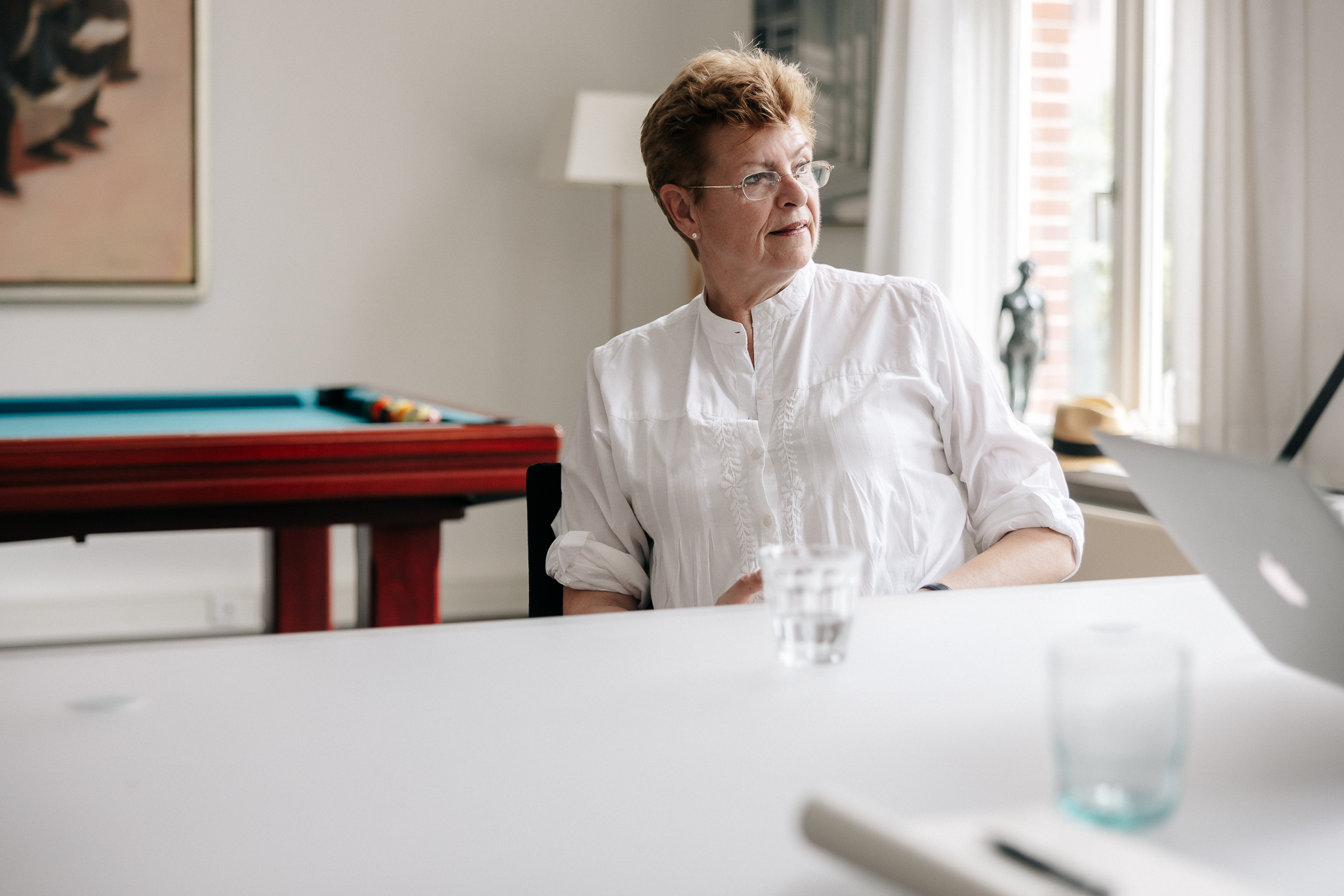In many conversations — whether they take place in the boardroom, in the workplace, or in politics — listening seems like a lost art. We hear each other, but we don't really listen. Yet that is exactly what it takes to be understood: first understand for yourself. In this blog, Pamela Boumeester, partner at De Bestuurskamer, shares her reflection on the importance of real listening as a key to connection and mutual understanding.

The essence of 'Understand to be understood' is simple but profound: someone else will only be willing to listen to you if they first feel understood. Only when someone experiences that their views, feelings and concerns are really seen does there be room for reciprocity. That moment when someone can say in a relaxed way: “Okay, now I hear what you mean” is often the key to cooperation, support and sustainable decisions.
In organizations, we often see the opposite. It is sent, explained, defended and convinced. Directors, managers and employees sometimes seem to each speak in their own language. The conversation stalls or hardens. The cause is rarely unwillingness — usually it's a lack of real attention. Anyone who listens with the intention to respond only hears their own conviction. If you listen with the intention to understand, you hear the person behind the point of view.
This attitude requires courage. It asks that you delay your judgment, stay curious, and invite the other person to share more. Not to agree with him, but to understand his perspective. Based on that understanding, a conversation can deepen and it can actually be about something.
Unfortunately, in the House of Representatives and during election debates, we often see the opposite. Politicians focus primarily on their supporters or the camera, not on their interlocutor. They broadcast, defend, profile — but barely listen. As a result, the debate lingers in views instead of leading to insights or connection. The audience feels this very well: they are talking about the citizen, not the citizen.
The lack of mutual understanding is not just a problem in politics. It can also lead to polarization, distrust and distance within organizations. As soon as we create generic enemy images — “the government”, “management”, “the unions”, “the workplace” — the nuance fades and the conversation disappears. Understanding makes way for struggle, and trust is replaced by control.
If you want to contribute to a culture of connection as a director, coach or professional, you would do well to reverse the order. Not: first send, then listen. But: listen first, then speak. By really trying to understand the other person, you are giving something precious: recognition. And recognition is the basis of trust. From that trust, conversations arise that lead to supported decisions — decisions that are not only good, but also feel good.
'Understand to be understood' is therefore not a technique, but an attitude. A way of being present. Who we understand par excellence in the Board of Directors and which we sincerely hope our clients will benefit from in their own working lives as an effective attitude in every interaction; those who understand the other person are understood.
Pamela Boumeester
Partner at De Boarskamer


